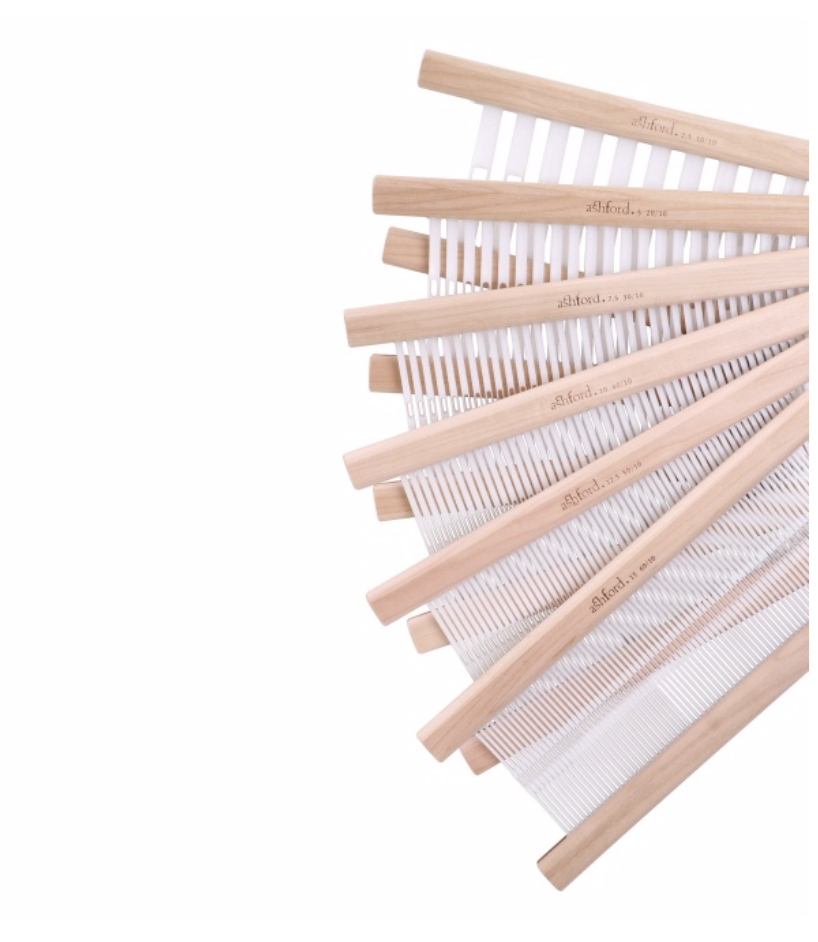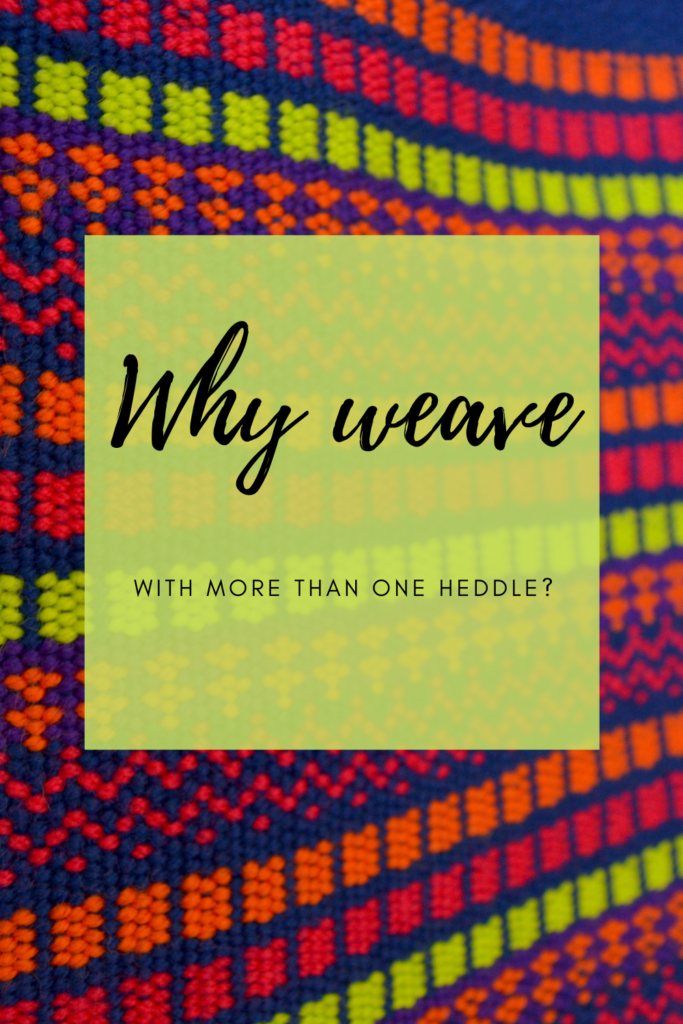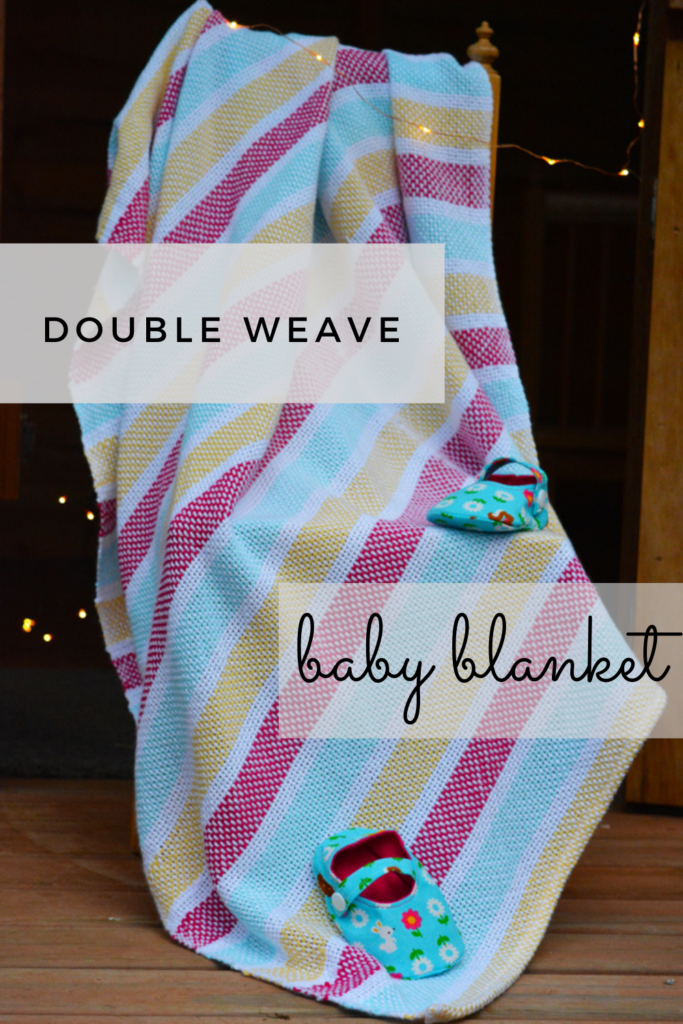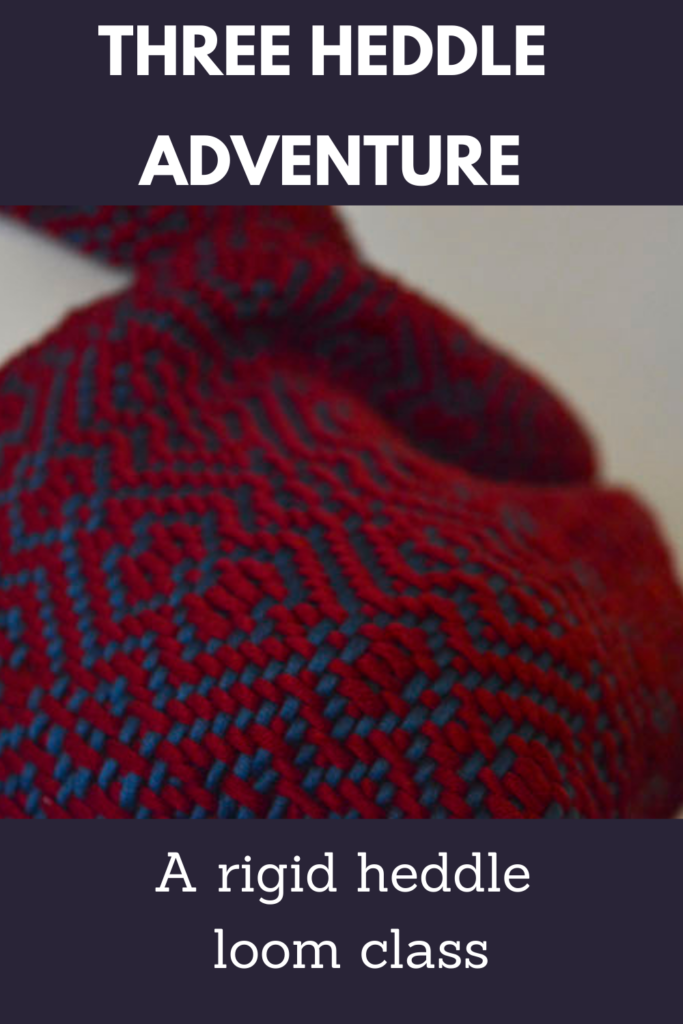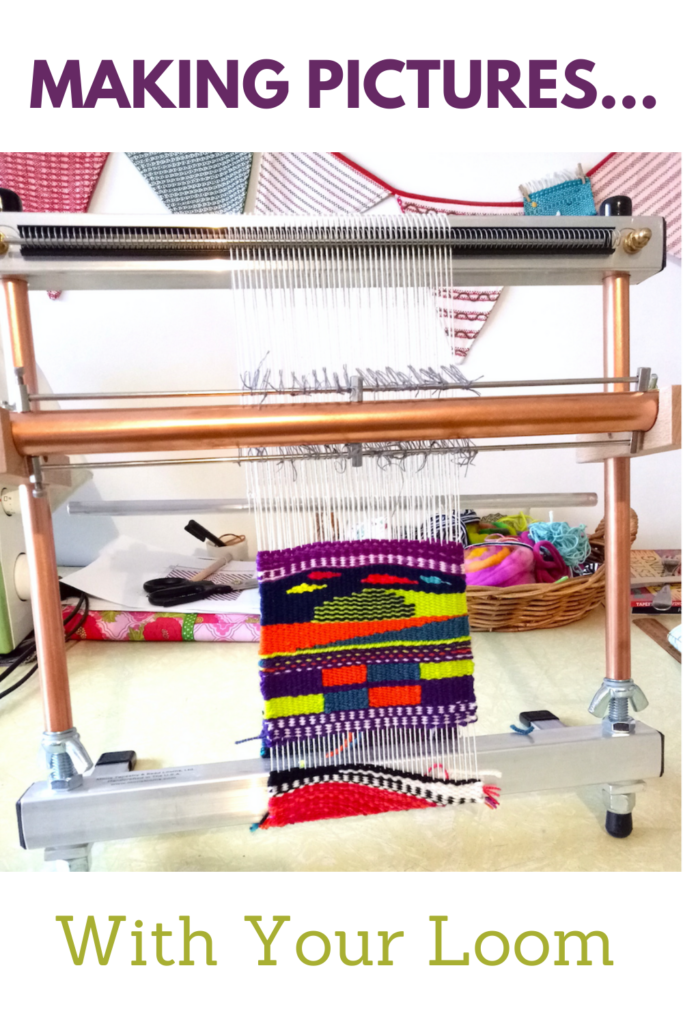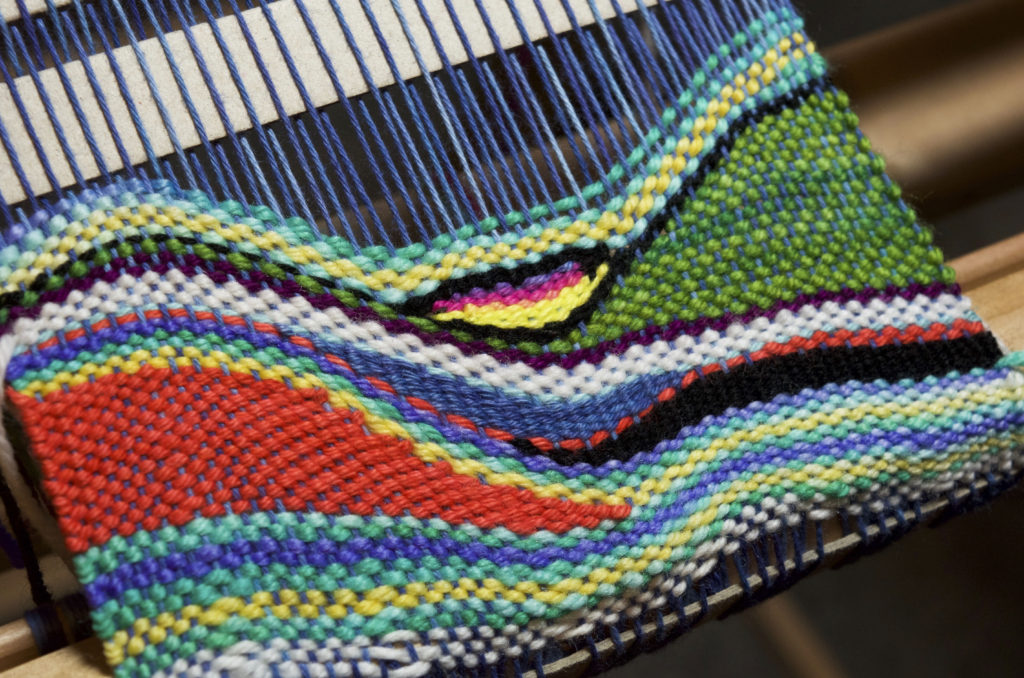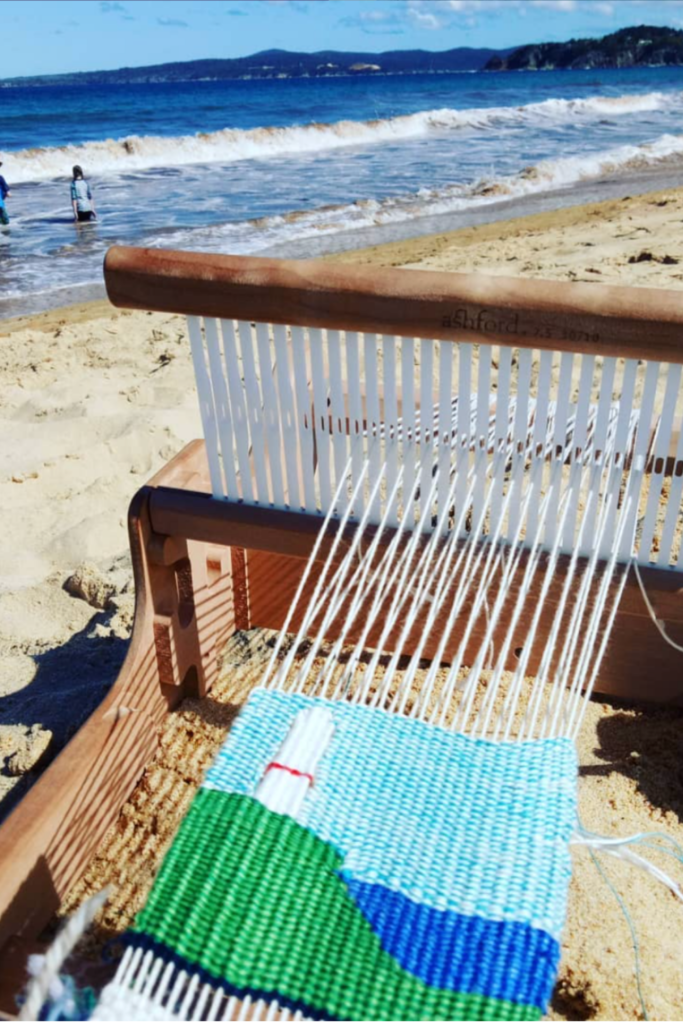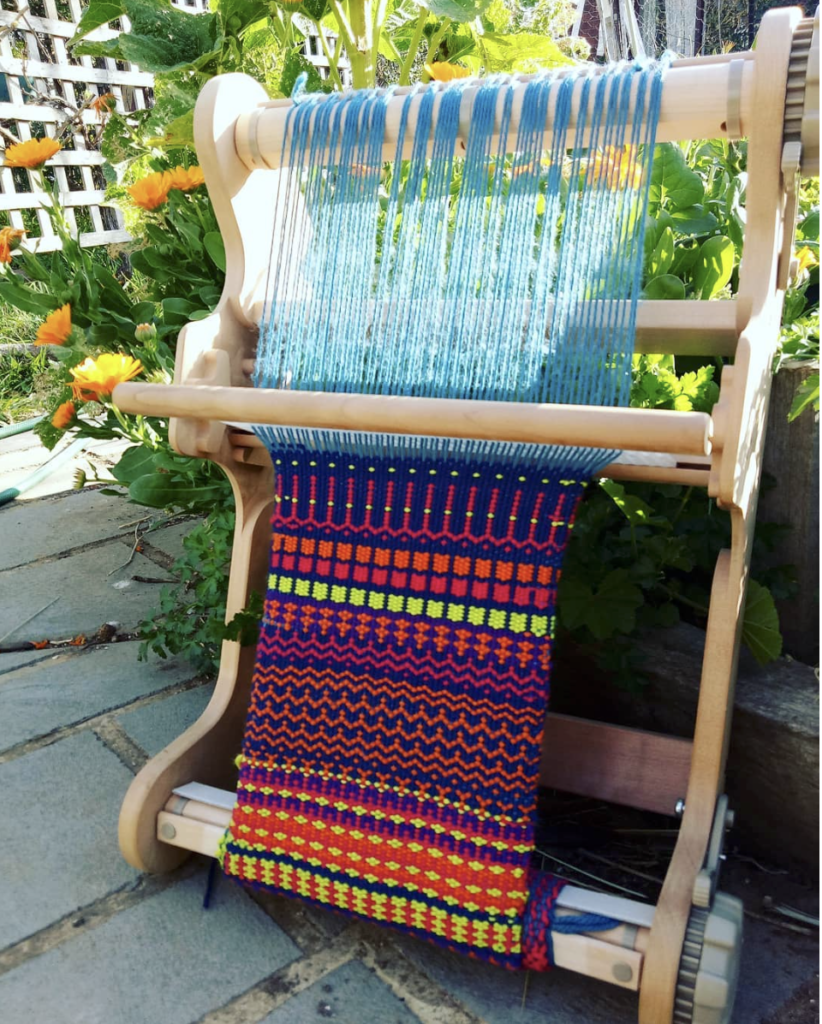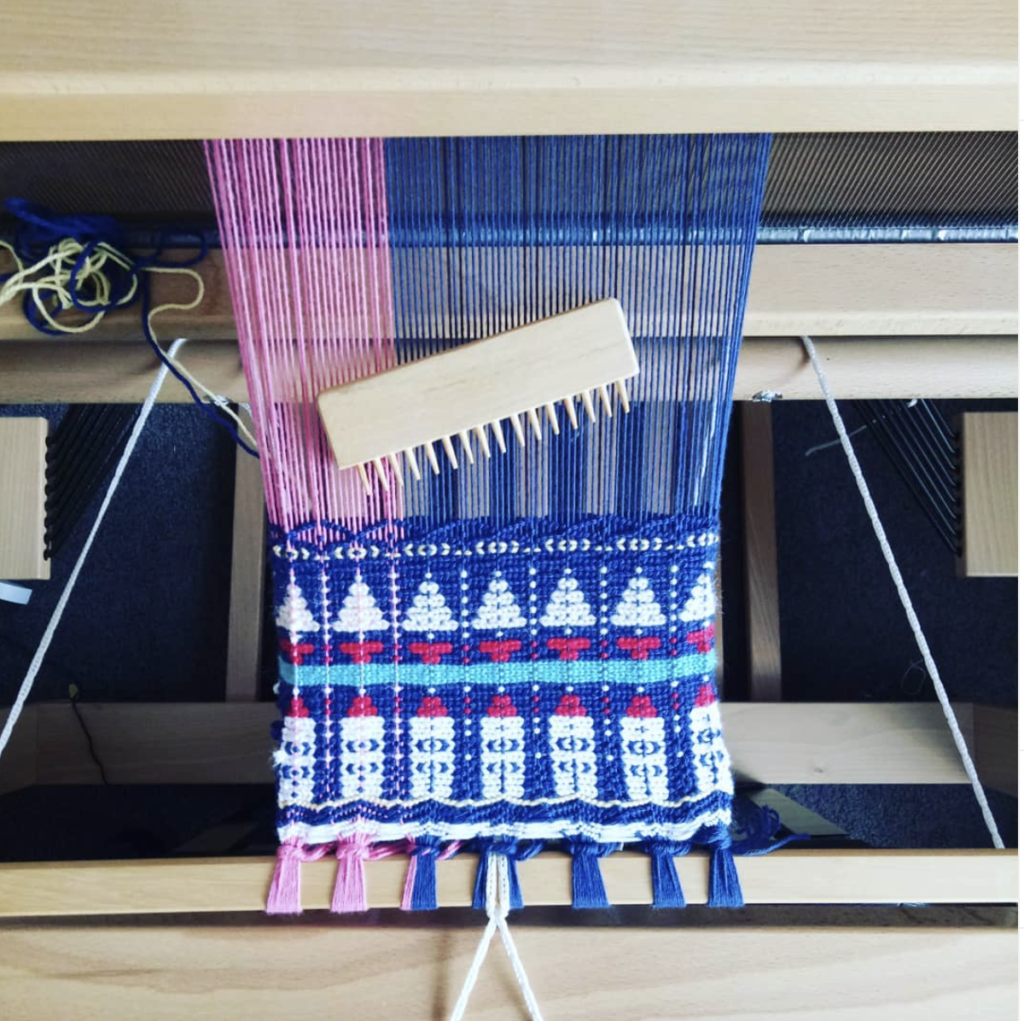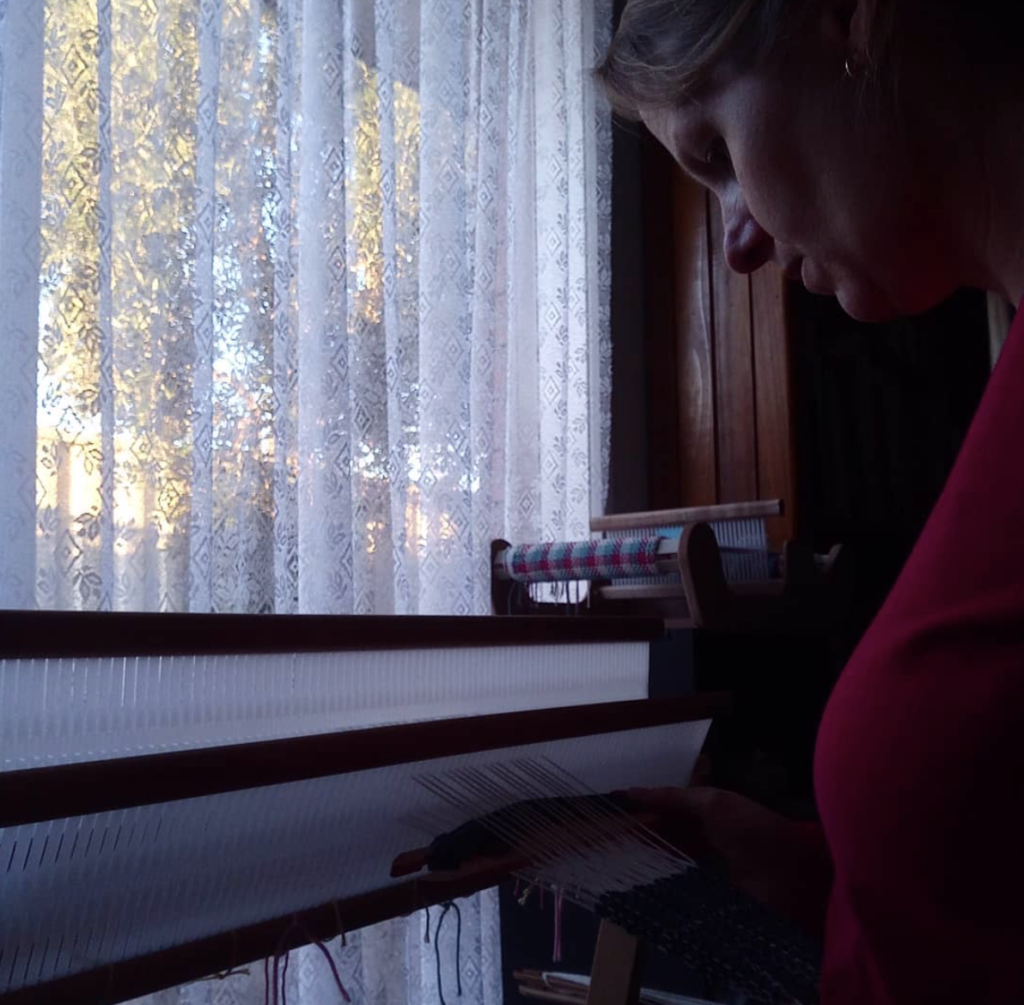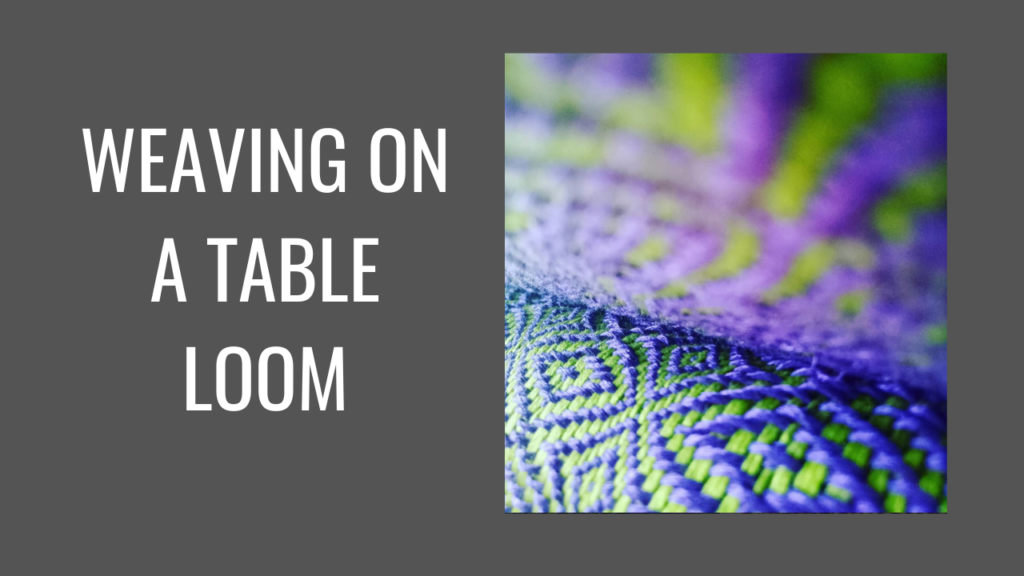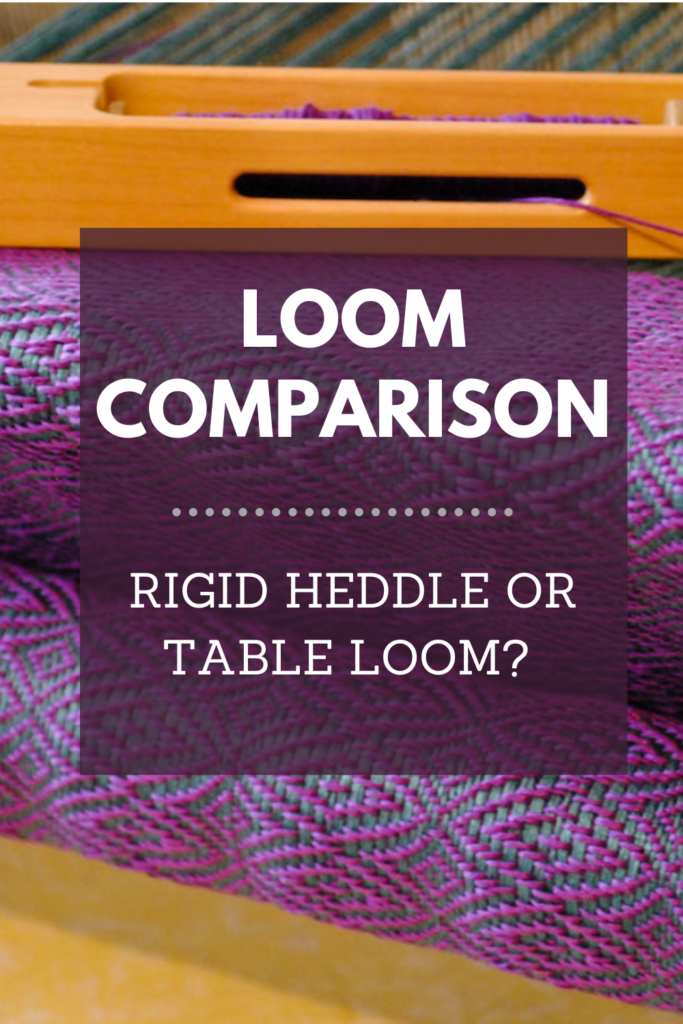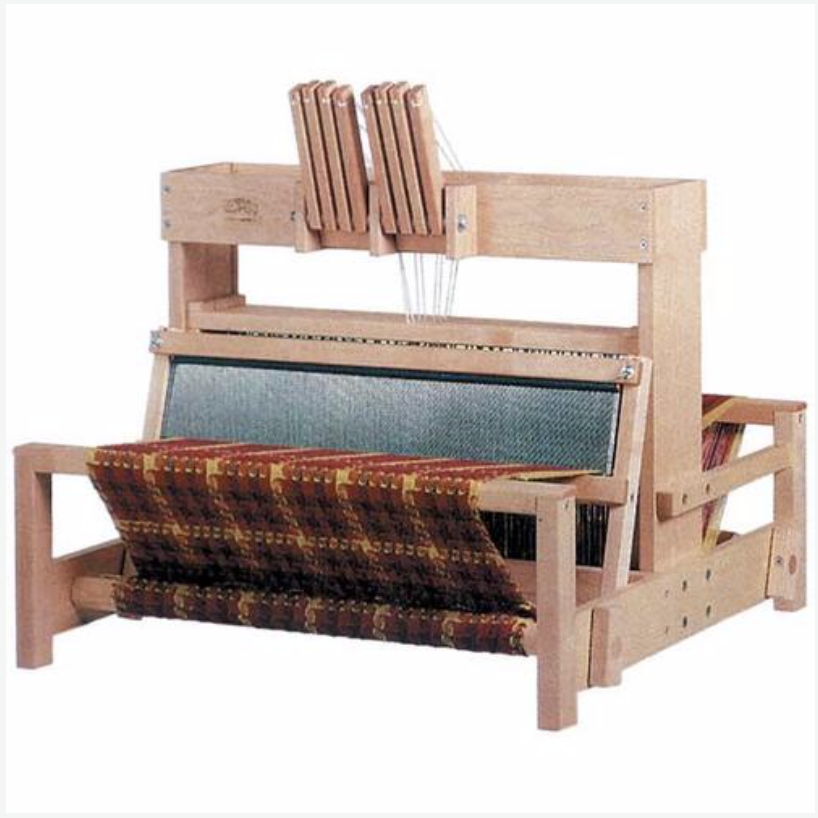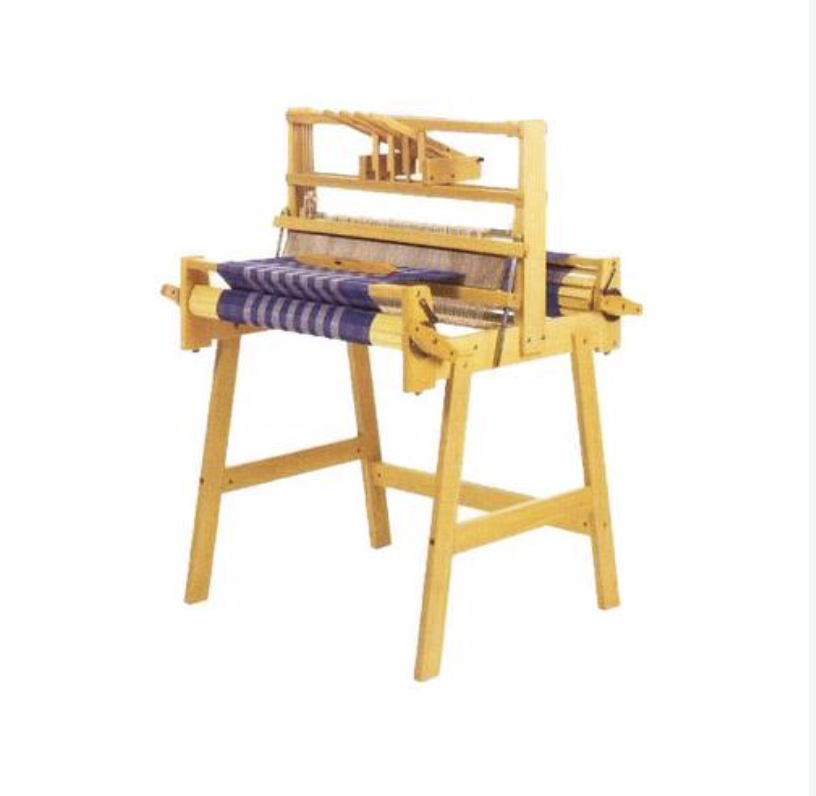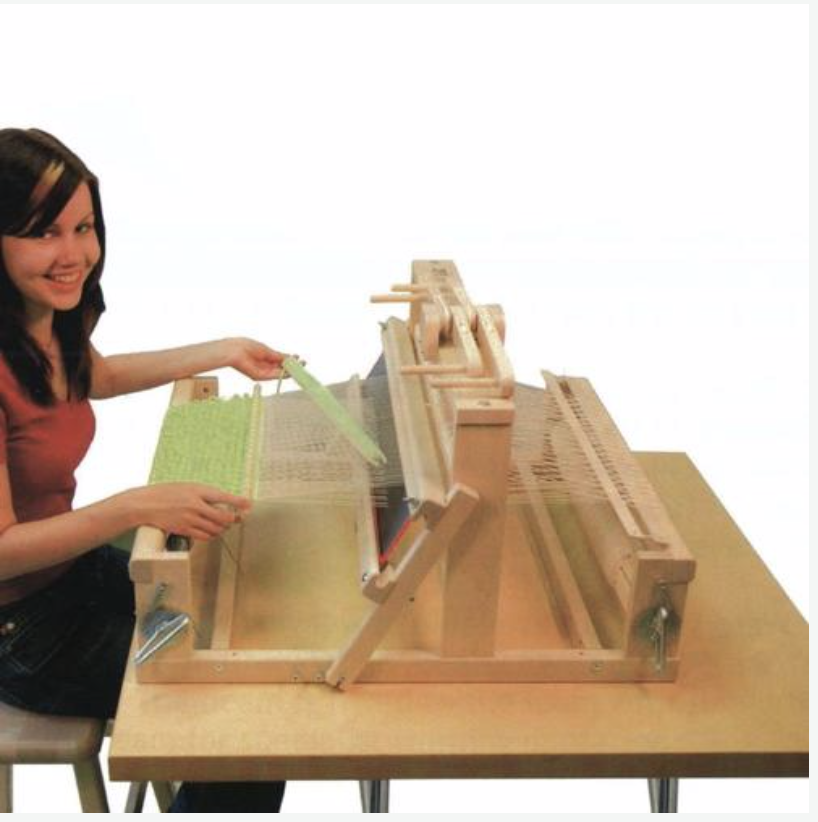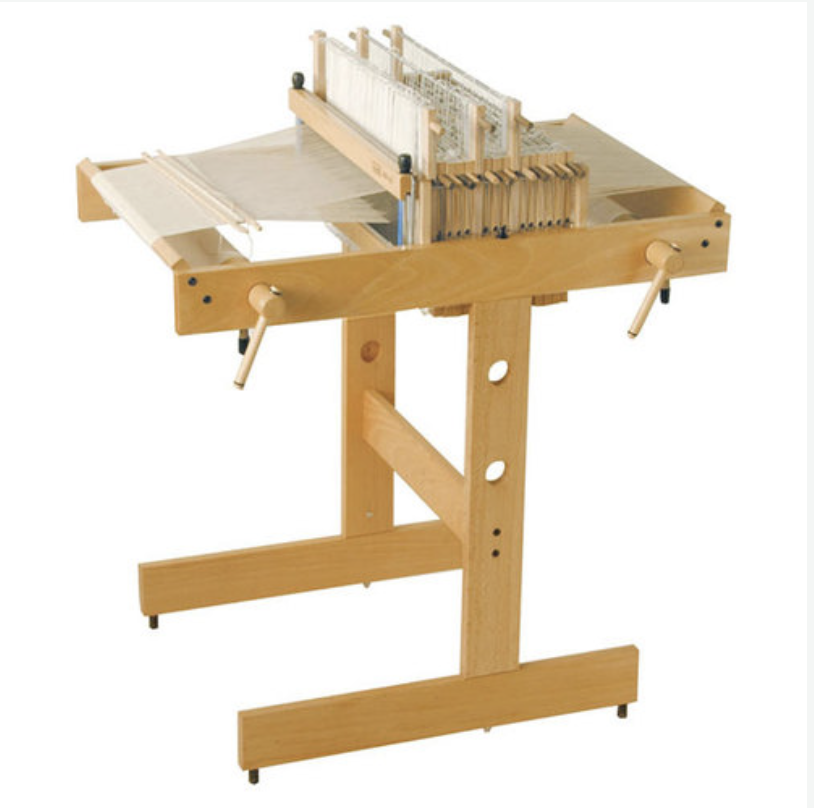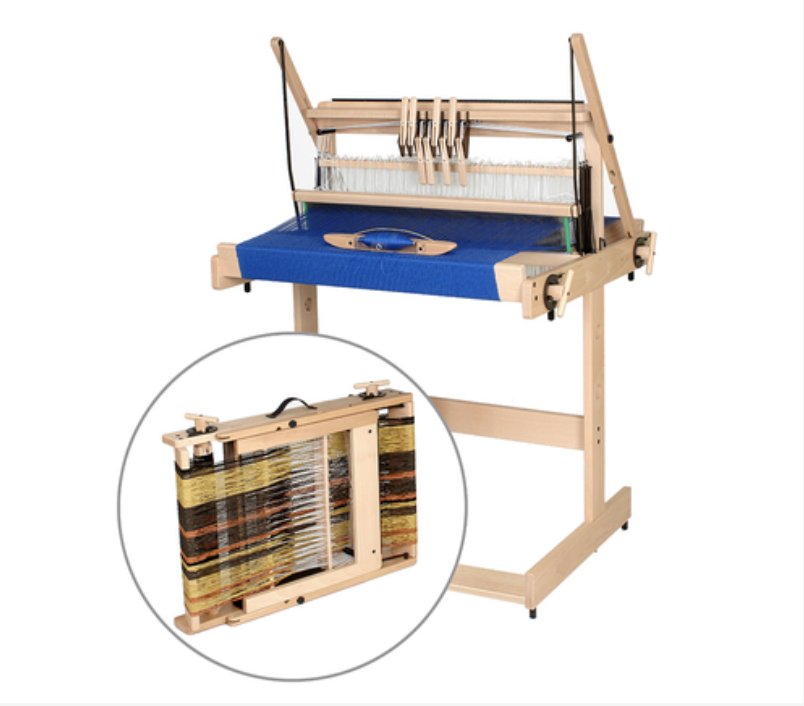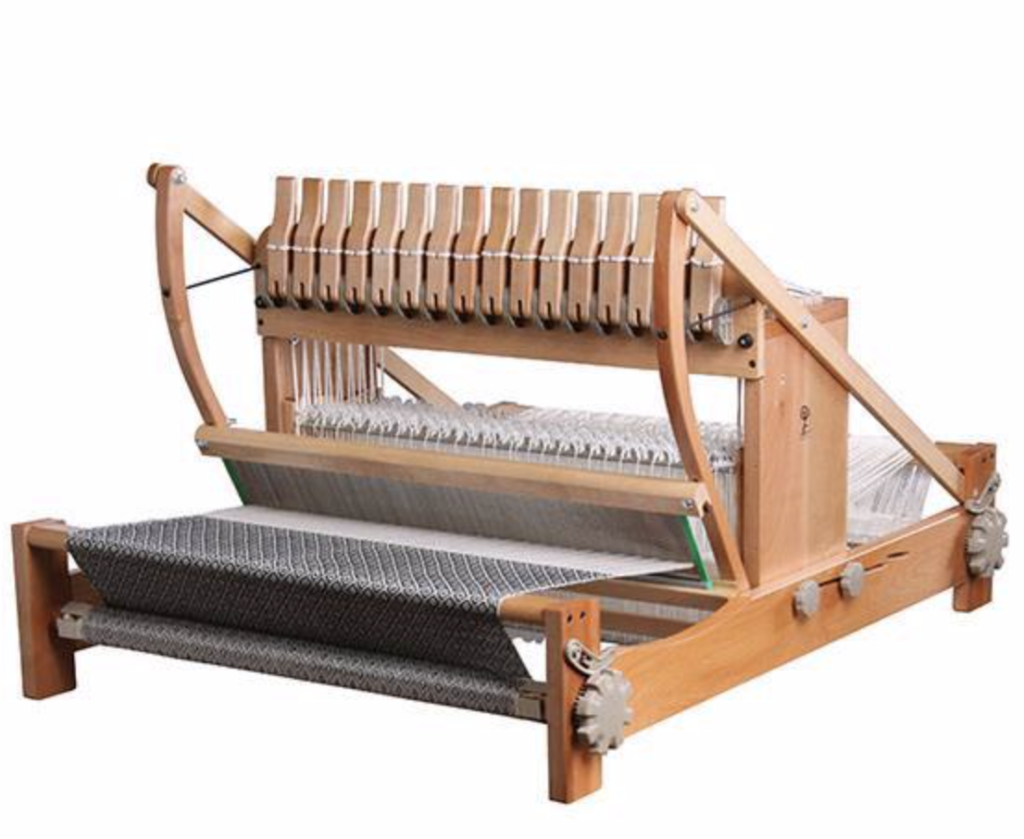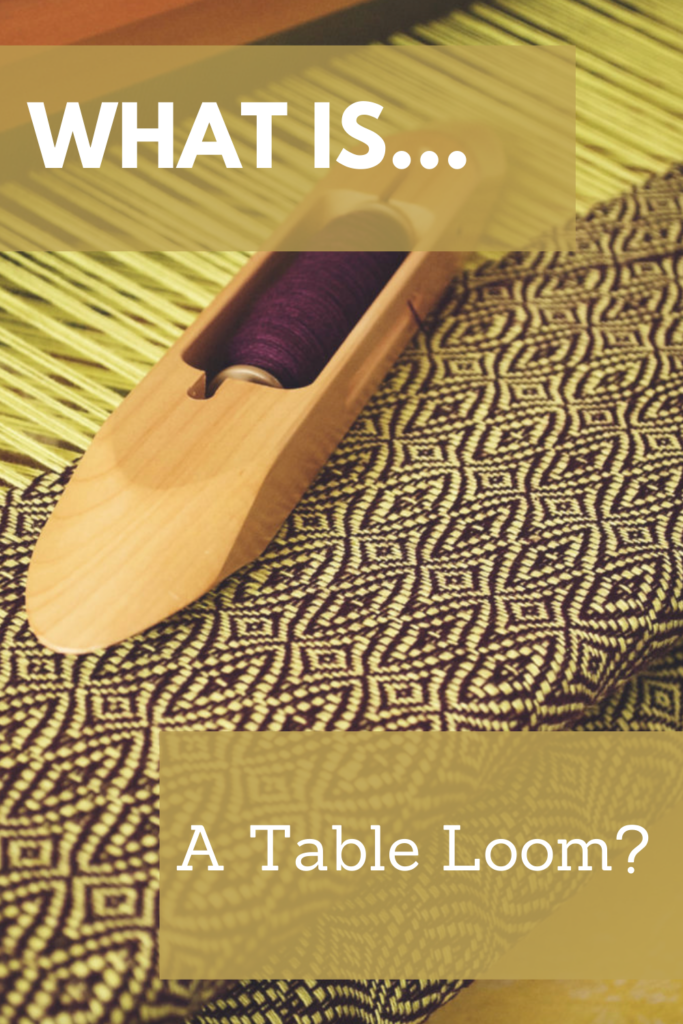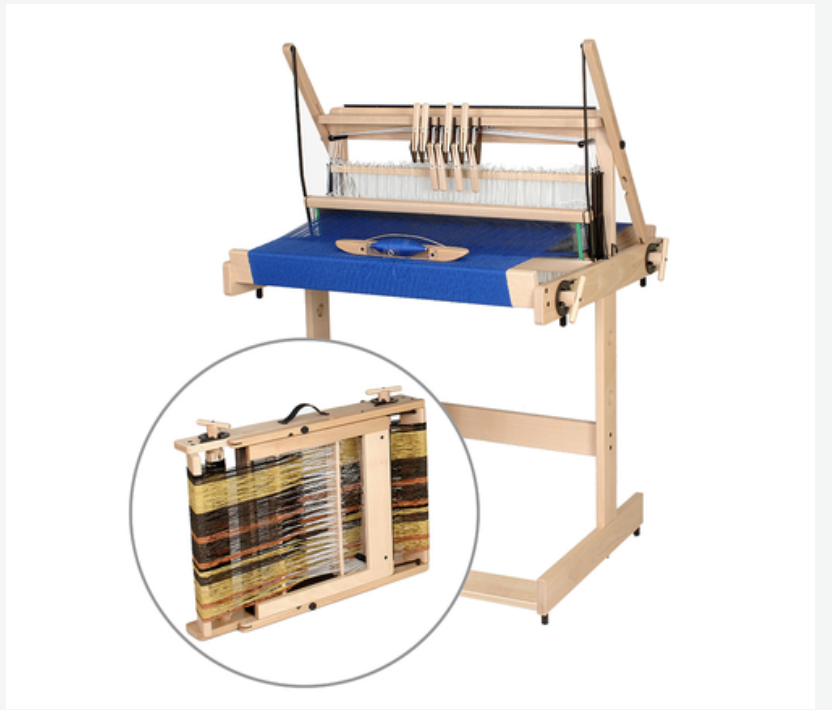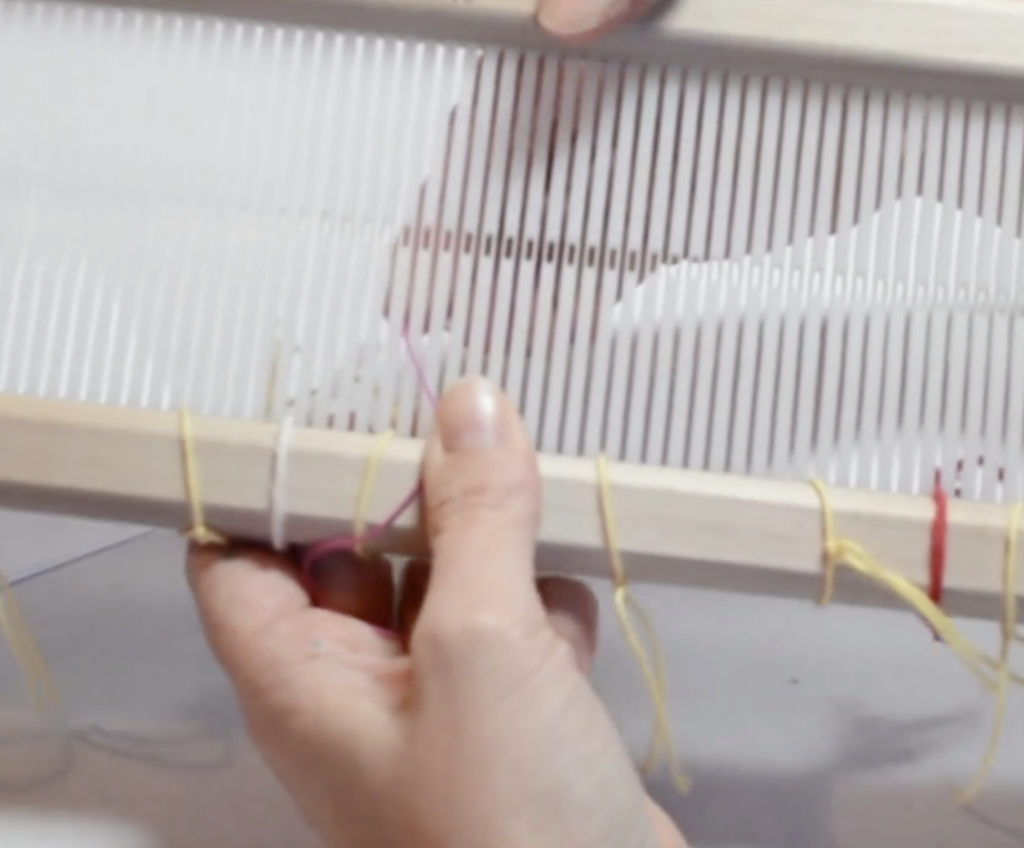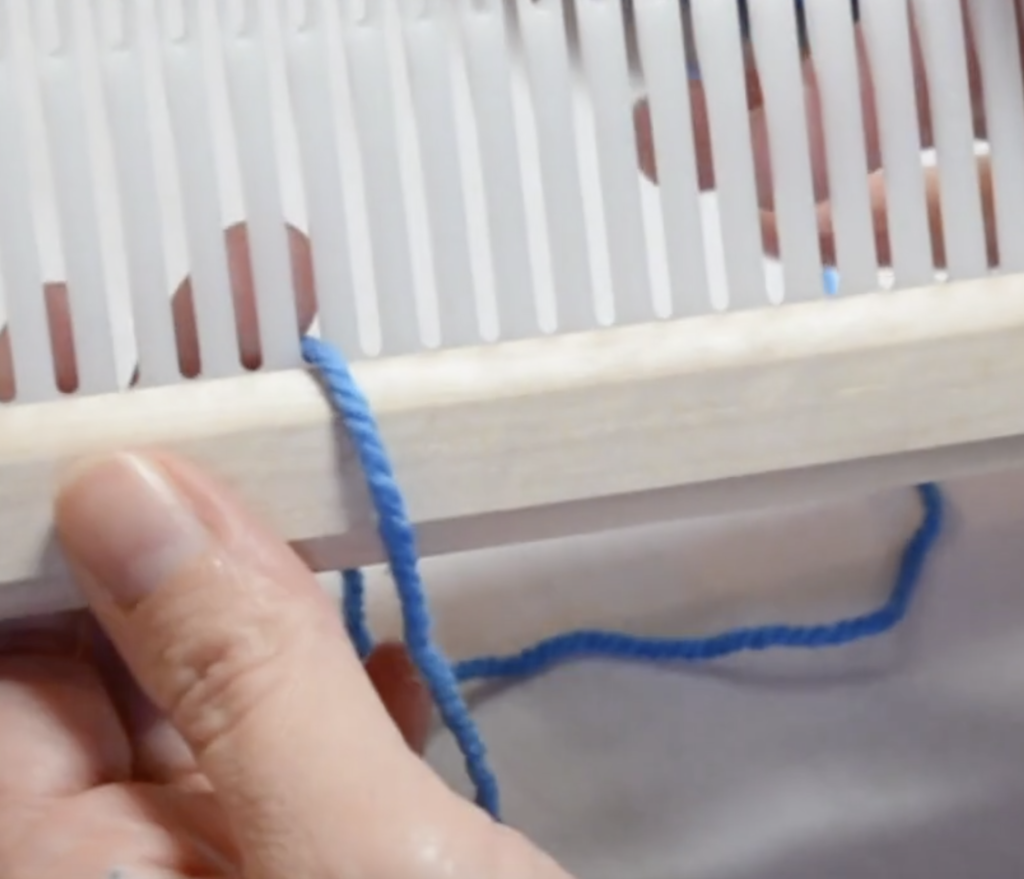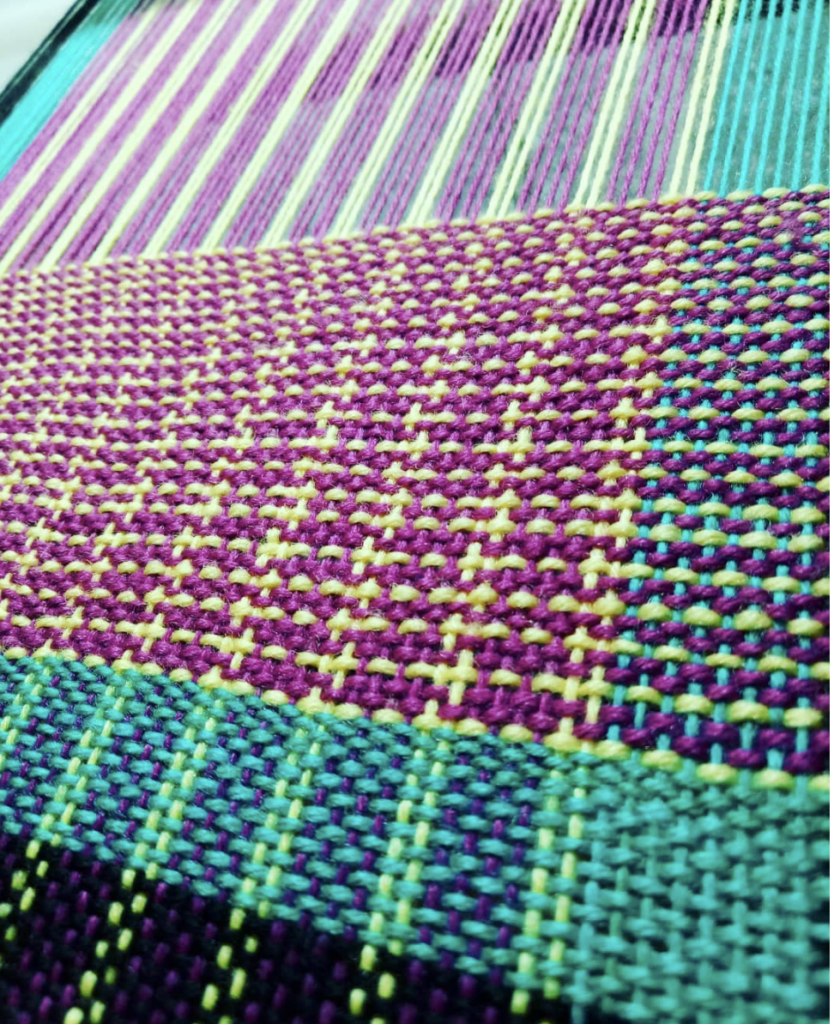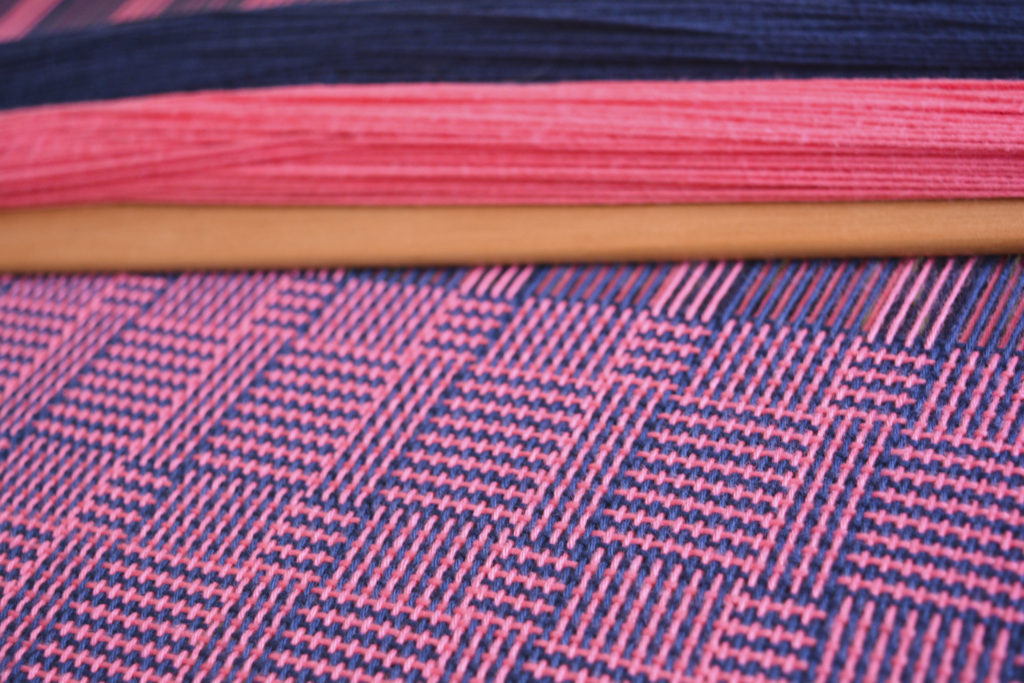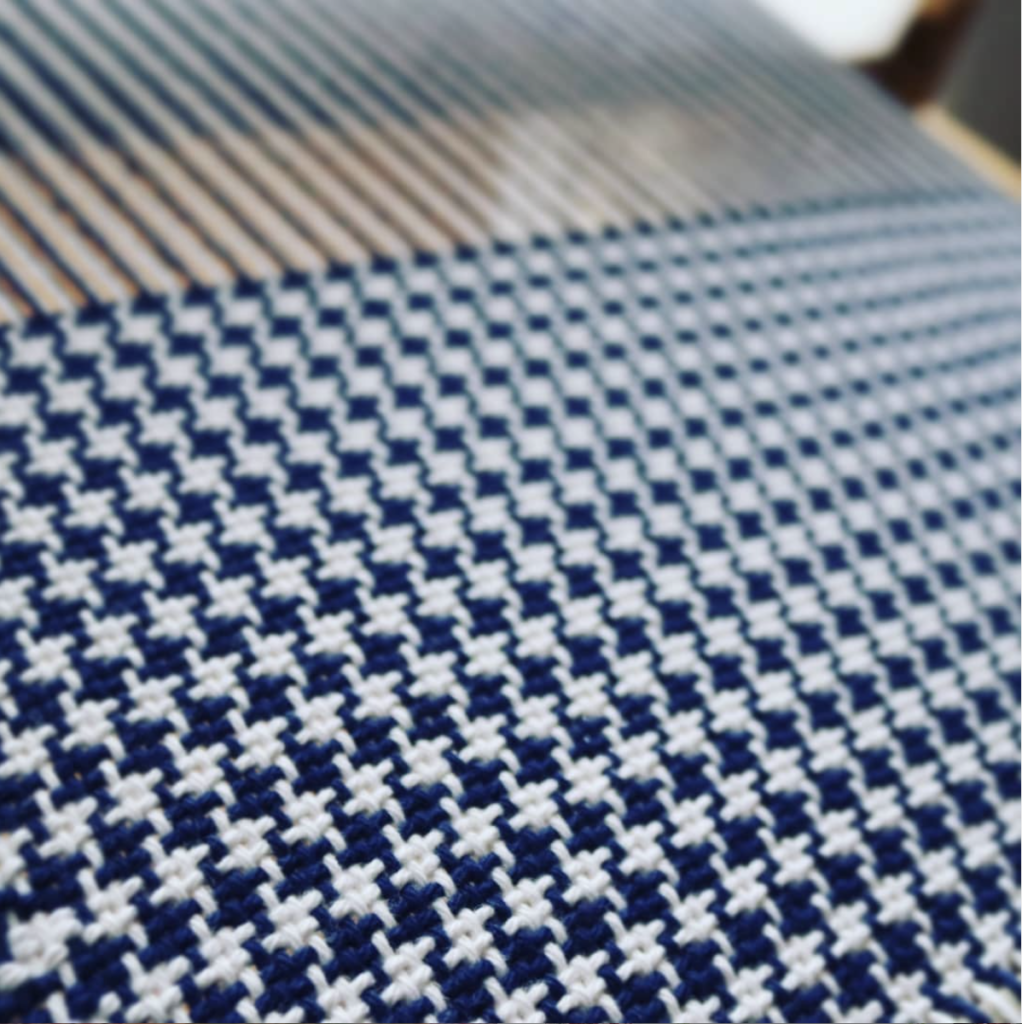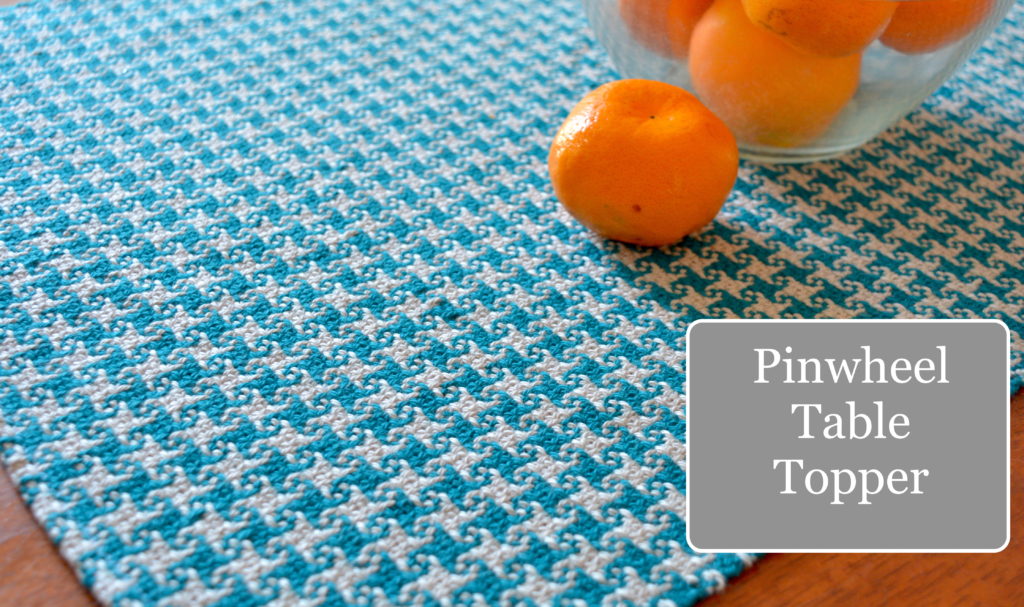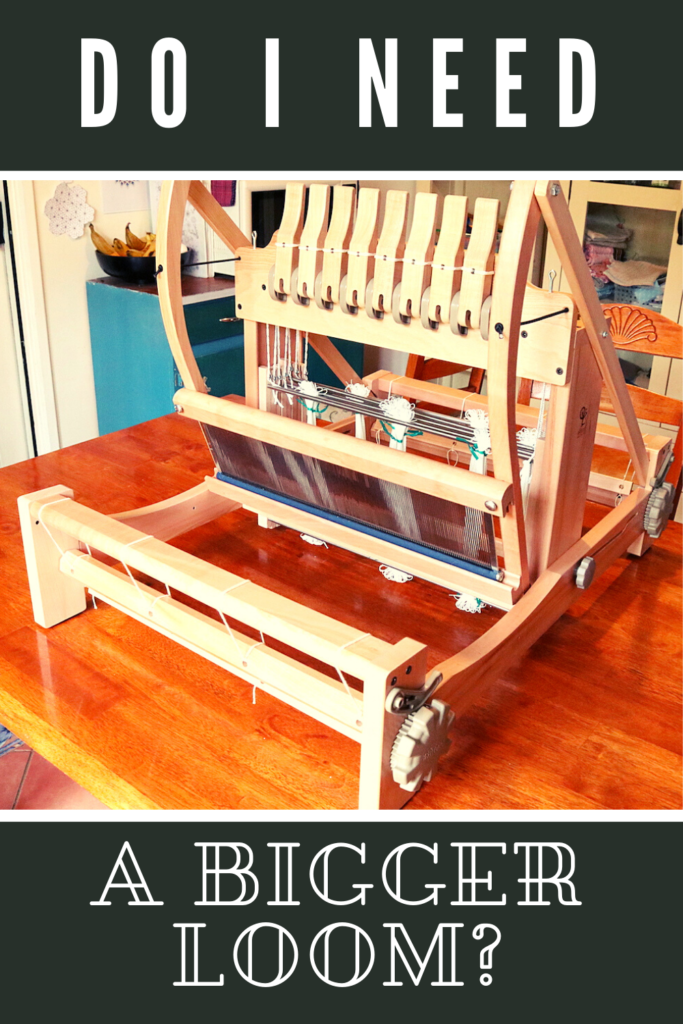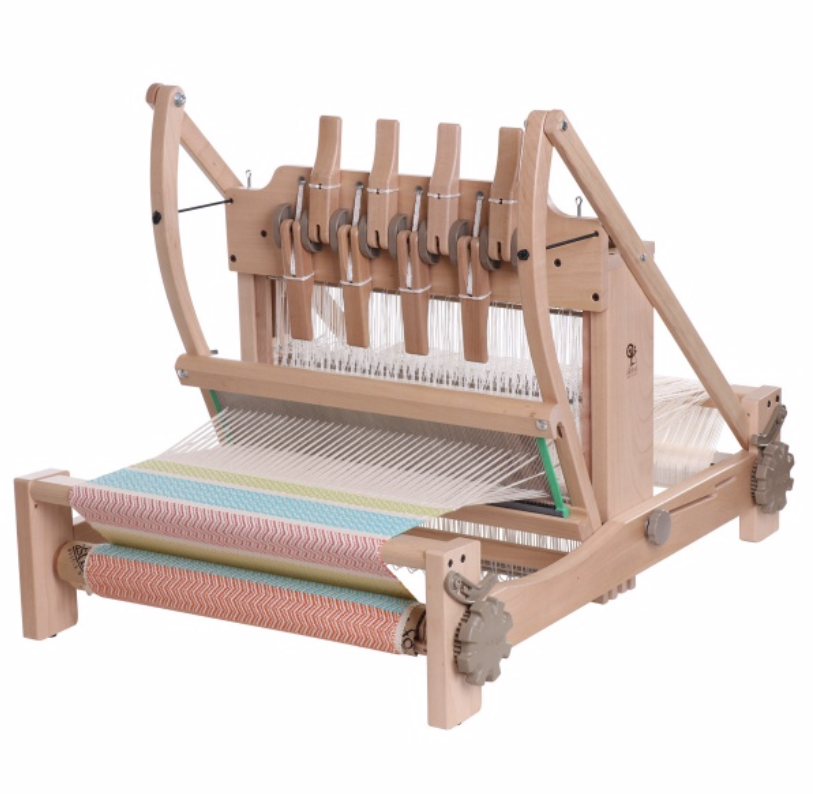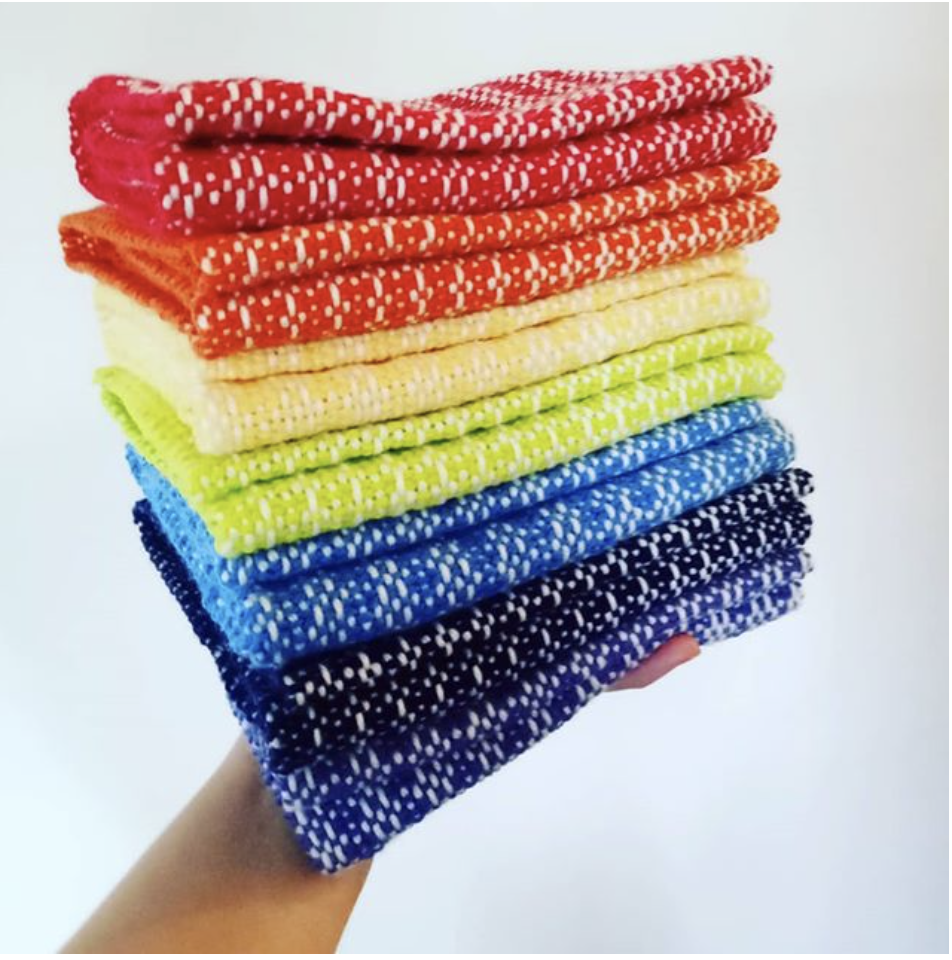Choosing the right yarn for your weaving project can feel overwhelming—especially when you’re just starting out on a rigid heddle loom. With so many options available, you’d think it would be easy. But when faced with dozens of yarn weights, fibers, and heddle sizes, even experienced crafters can feel unsure. Let me help you to choose yarn for weaving, regardless of your project!
One of the most common questions I hear is:
“How do I know which yarn to use with which heddle size—for which project?”
In other words… where do you even begin?
If you’ve ever felt confused by weaving yarn labels, sizing numbers, or what will actually work on your loom, you’re not alone. That’s exactly why I created my low priced online class, What Do All the Numbers Mean?—it’s a practical, beginner-friendly guide to demystifying yarn measurements and conversions, with helpful charts you can refer back to again and again.
In this article, I’ll walk you through how to choose yarn for weaving by looking at real weaving projects I’ve made. We’ll explore what worked, why it worked, and how you can apply the same approach to your own weaving—without the guesswork.
*This post contains some affiliate links. For more information please see my disclosure policy.
Try the Snap Test First!
In all weaving, you begin with the warp, so it makes sense to start there. Doing a snap test will help determine whether the yarn you want to use for warp is going to be strong enough – you don’t want broken threads. Yes, they are fixable (this video shows you how) but not so ideal.
You should also be familiar with the drift test when choosing a yarn for your warp.
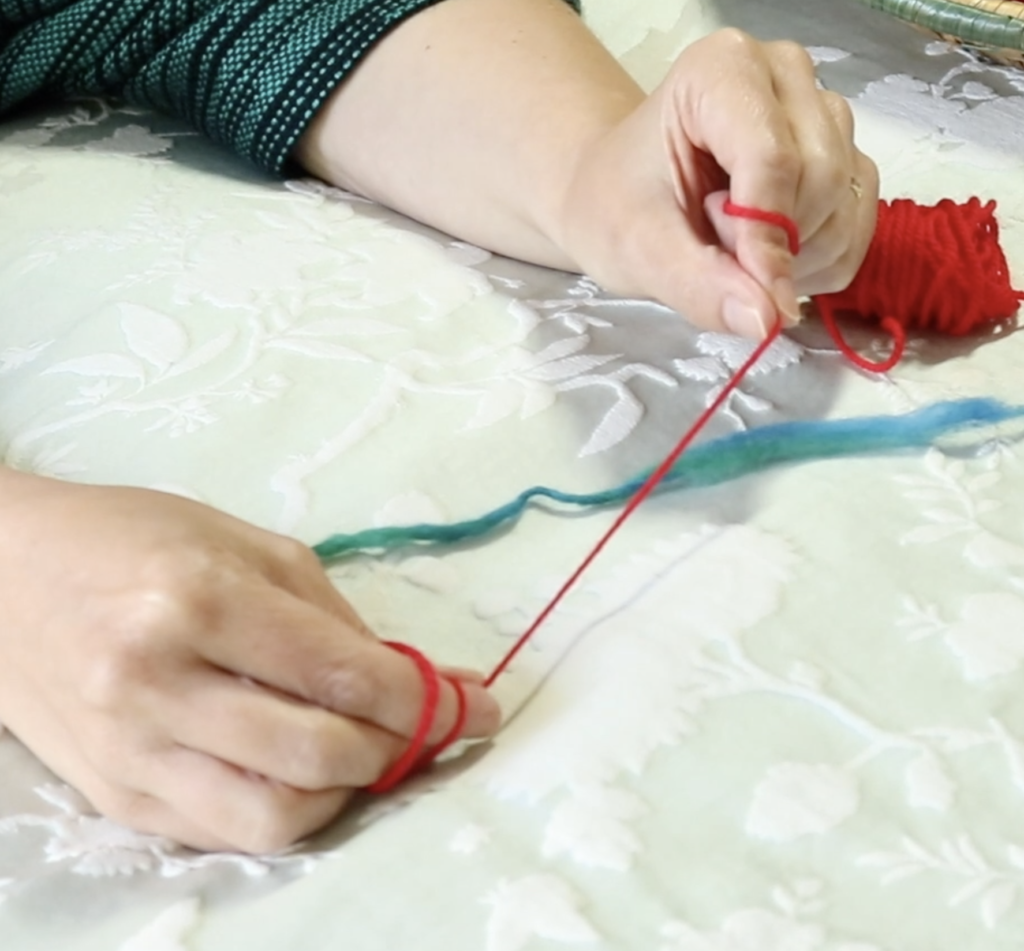
Knitting Yarn
To choose yarn for weaving your first projects, I highly recommend knitting wool. It’s economical, easy to use, accessible and thick. I use Bendigo Woollen Mills Luxury 8 ply a lot, it is a light worsted/ dk weight and pairs perfectly with the 7.5 or 8 dent heddle that comes with any new rigid heddle loom. It is perfect for wearables, as it’s lovely and soft. Which brings me to the next point.
If you intend to wear your woven piece, give it the face brush test. Hold the yarn up against your cheek and lightly rub. If it feels too scratchy, you’re not going to like wearing it and it’s best saved for something else!
Cost effectiveness
Consider the cost of the yarn you intend to use. If you are a less experienced weaver, don’t go for that beautiful, expensive yarn – it will only put pressure on and stress you out. Use something affordable until you have more confidence. I have a handy weaving yarn cost estimator to take the guesswork out of it for you.

This scarf is a good example of a balanced plain weave piece using light worsted/ dk yarn with my 7.5 dent heddle. A piece like this is great for beginners and an excellent opportunity to practice neat edges.
The Right Sett
Before beginning a project, it’s really important to figure out the best sett for your chosen yarn. All you need is an inch ruler and your yarn. Once you have more experience, you may not need to do the test every time, but it’s a must for beginners. Here’s how:
The Weaver’s Toolkit is an invaluable resource for new and seasoned weavers. It includes useful charts that help you to match up the right sized heddle with your chosen yarn, yarn size conversion charts and so much more. Available as a digital download ebooklet, the Toolkit is a valuable asset to any weaver’s library.
A good example of a project using wool is my Garden Path Scarf pattern. This pattern is my best seller and I myself love to wear my assortment of GP scarves! I love that it looks a bit like lace knitting.
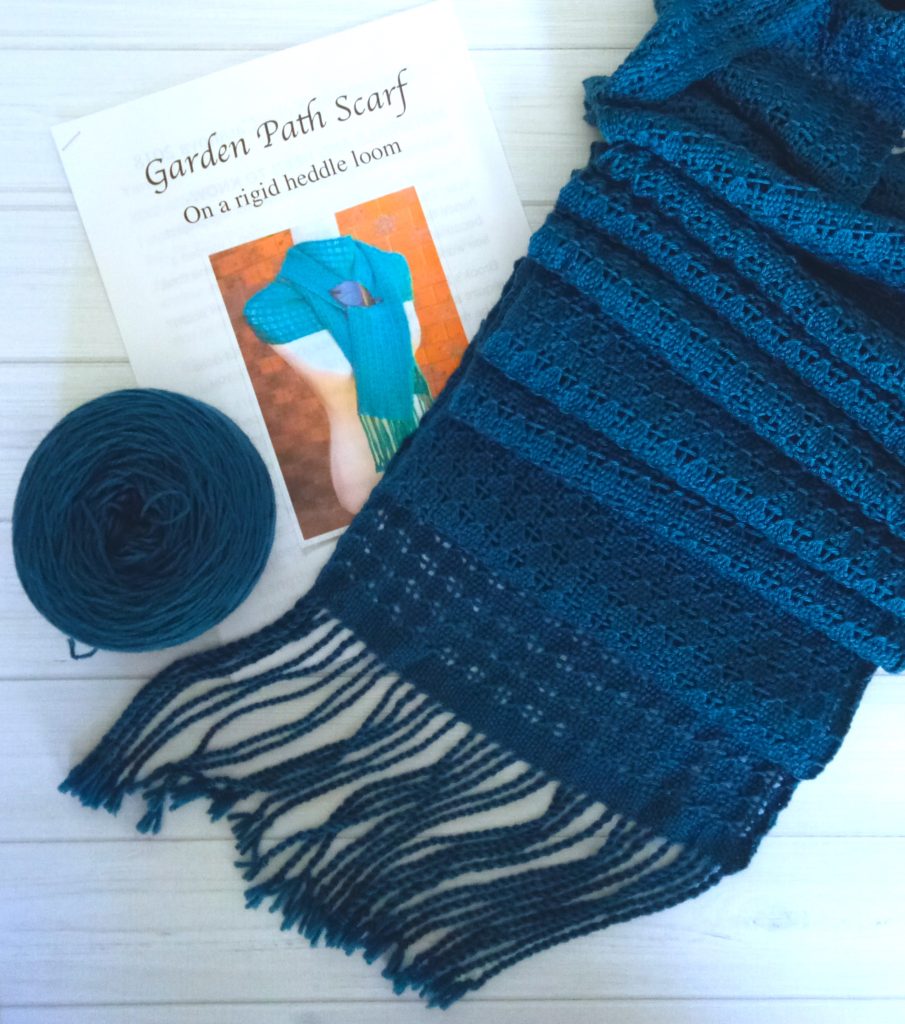
Woven with a lighter 4 ply Australian merino (fingering weight) it is light and airy but still warm to wear, thanks to the wool. I wouldn’t necessarily say that it’s an absolute beginners project, but it is actually not as difficult to weave as it looks!
Blended Yarns
I must give a caution at this point when it comes to blended yarns. Depending on what the blend is, it can make a nightmare out of your project.
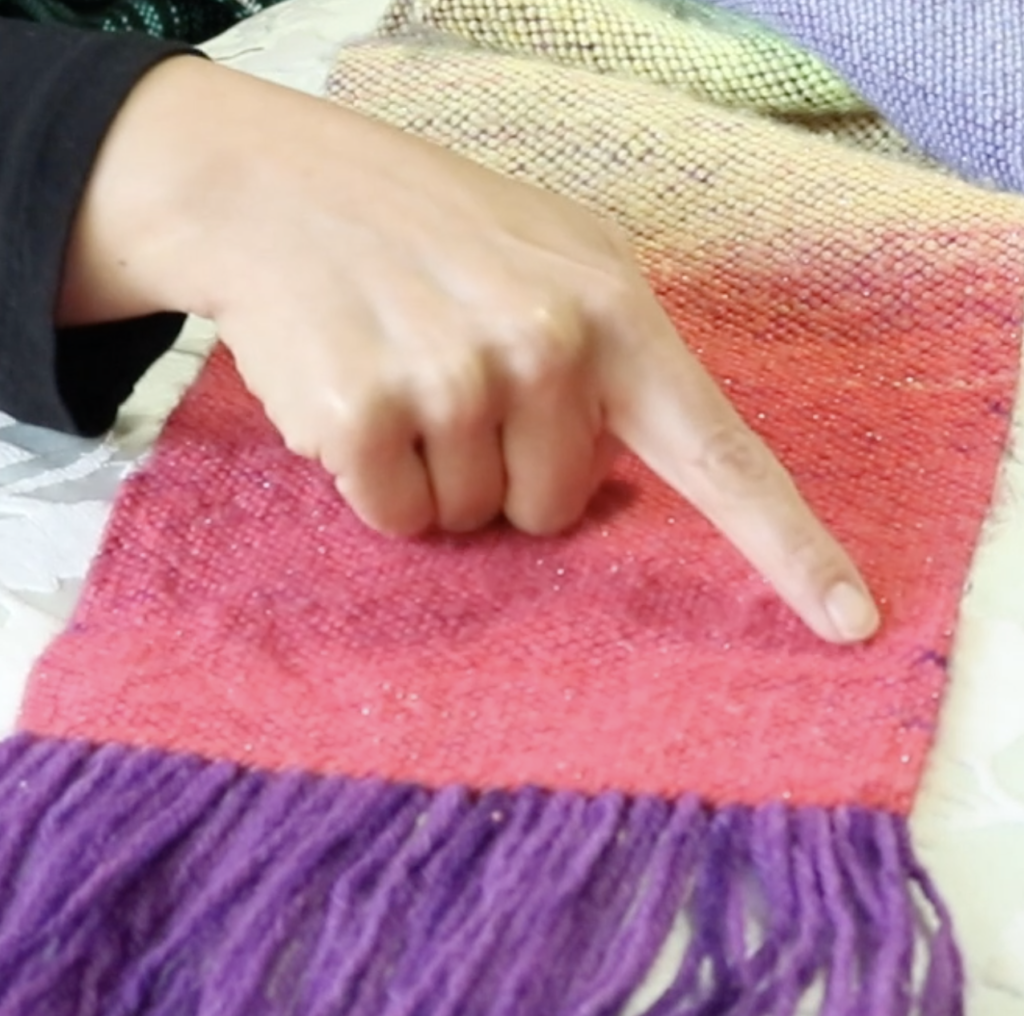
For this “special” scarf I use a silk/ merino/ sparkle weft and a baby alpaca warp. All painstakingly hand dyed. I didn’t know until later that often, yarns with a silk blend will not always grip other yarns like, say a wool on wool will grip. So, I ended up with uneven weaving resulting in warp threads showing at the selvedges. It was an expensive mistake, but one that I’ve never forgotten (or repeated!)
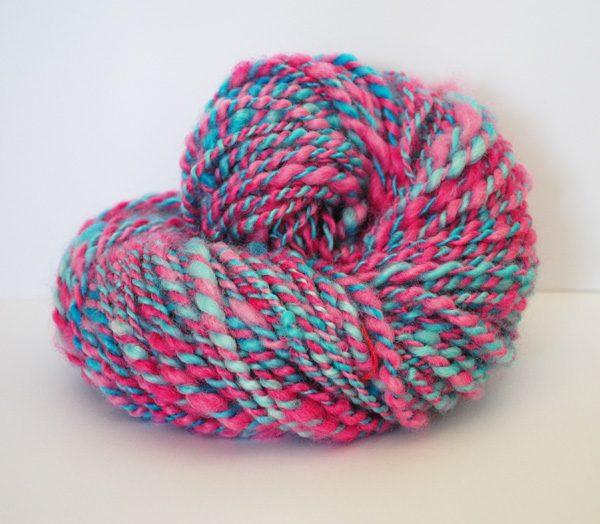
Handspun Yarns
A lot of spinners also become weavers, and what a wonderful progression and integration of one art form into another. Handspun can definitely be used to weave with, and gives a very different look to commercial yarns. The main things to consider with handpsun:
*Does it hold up to the snap test?
*Which heddle is going to suit best?
Spun yarn can be inconsistent, depending on how it has been spun and what the spinner is wanting to achieve, but if you use your inch ruler to determine sett, you won’t have any problems choosing the right heddle.
Cotton Yarns
Cotton is also a great choice, but should be chosen a little more carefully for beginners. In fact, my Beginner Rigid Heddle Weaving course project uses the popular US cotton, Sugar n Cream. It is an aran weight yarn, thicker than light worsted, so it weaves up quickly. It’s pretty darn cheap to buy too! And, it’s just right for your 7.5 or 8 dent heddle. In Australia, Sugar n Cream is available from American Yarns.
I wouldn’t advise an inexperienced weaver to start out with a thinner cotton, there are too many extra things to consider. Your success is far more guaranteed with a thicker, more manageable cotton.
When you have gained that experience, you may want to explore weaving kitchen towels and other, finer pieces. This is where your 8/2 cotton comes in nicely. It is readily available, reasonably economical, strong and multi purpose. My personal favourite is Maurice Brassard 8/2 cotton because, out of all the cottons I’ve tried, it is the most consistent and reliable. It is unmercerised, which is my big preference over mercerised. In Australia you can purchase Maurice Brassard yarns at the Thread Collective.
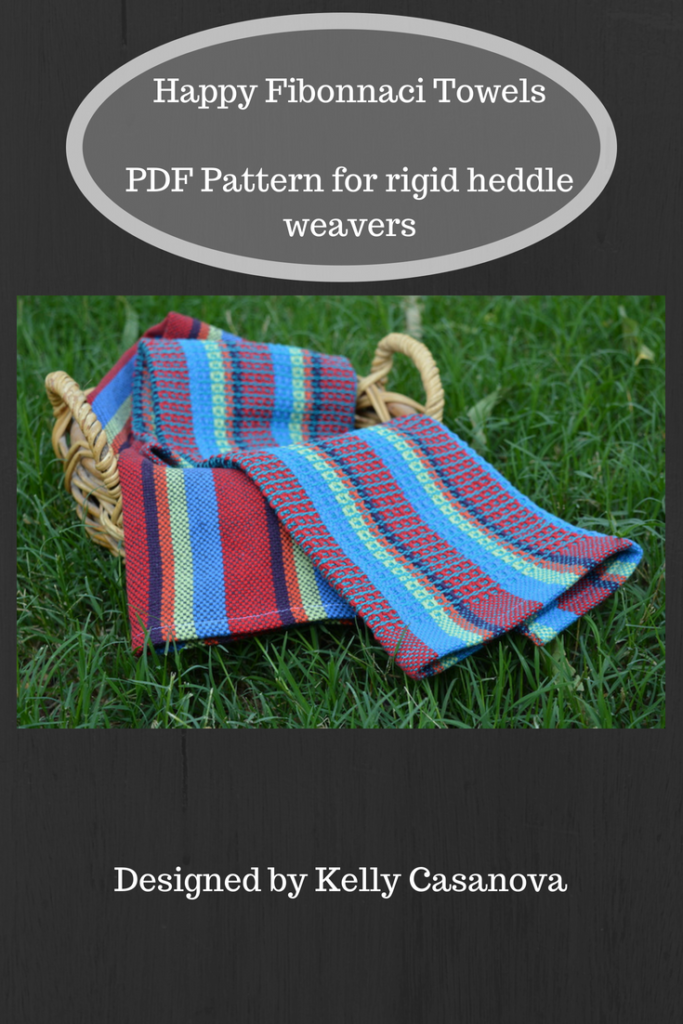
My Happy Fibonnaci Towels project is available as a downloadable PDF and also as an online class.
Cottolin Yarn
I’ll give cottolin a quick mention, because it’s my favourite yarn for weaving kitchen towels. Linen on it’s own can be difficult to manage, but a blend of linen and cotton is a match made in heaven!
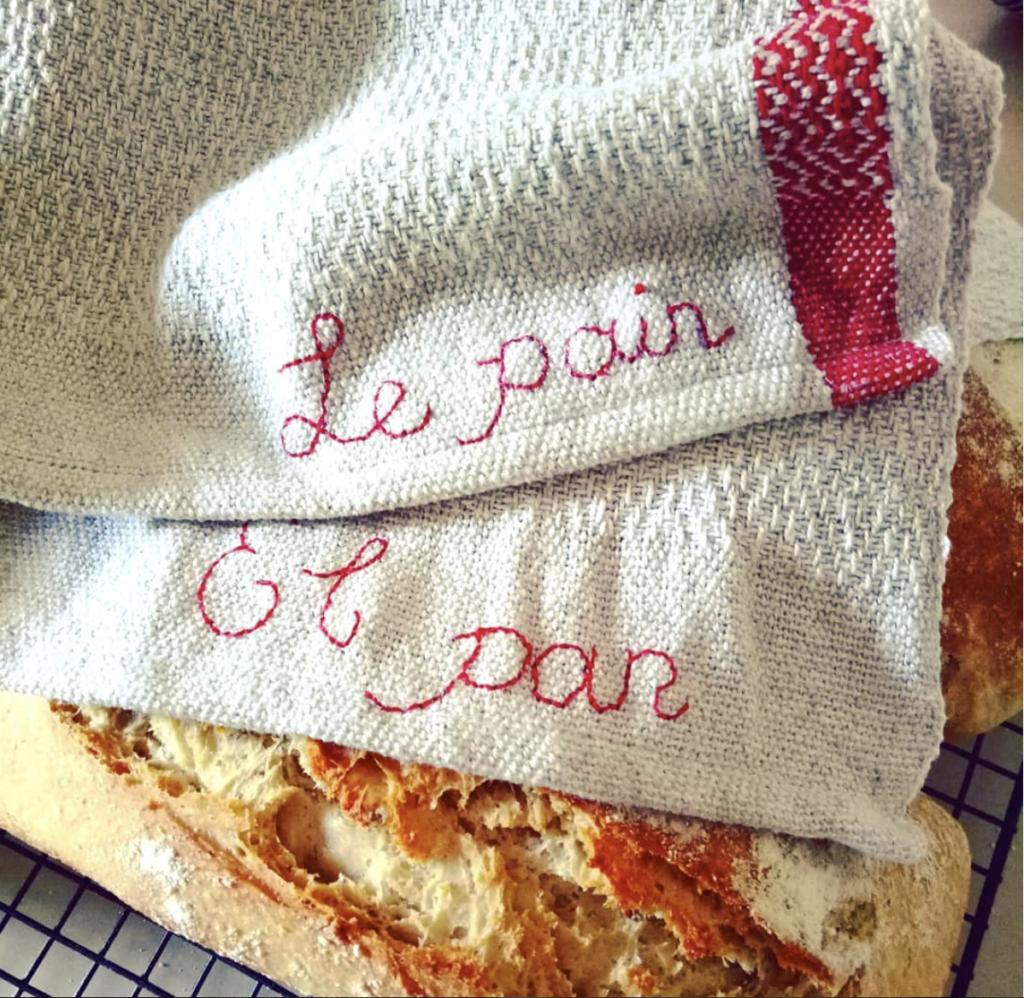
You can buy cottolin in dyed, undid, bleached, unbleached and half bleached – lots of choices! I love the natural look of the half bleached. Once again, Maurice Brassard 22/2 is what I use. Don’t be confused by the numbers, linen is measured differently to cotton, so the 22/2 cottolin is very similar to 8/2 cotton size. Cottolin is so absorbent and after washing, so soft, I love it!
Bamboo Yarn
Now onto another personal favourite, bamboo. It’s available in a number of different sizes. One that I use very often is Bambu 7, which is available in Australia from BB Yarn Supply. A suitable alternative is Valley 5/2 bamboo and for a thinner weight, Maurice Brassard 8/2 bamboo.
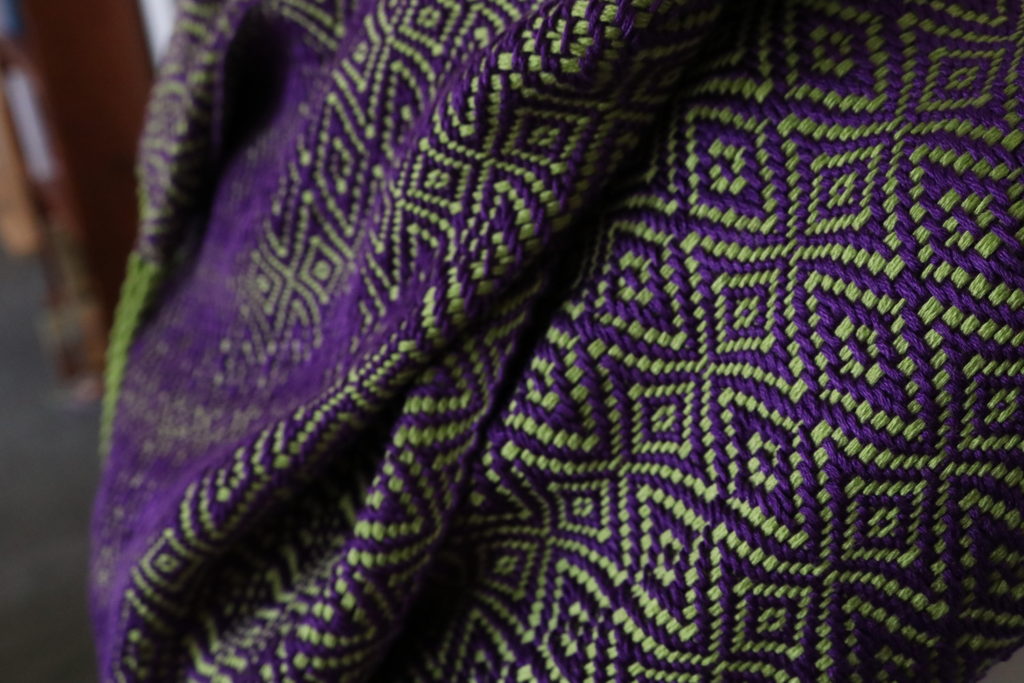
I used Bambu 7 recently for the scarf project for my Table Loom Weaving course. The results speak for themselves!
Tencel Yarn
Another weaving yarn I love is tencel. This is an interesting fibre, manufactured from wood pulp. It is similar to bamboo in that it has a high sheen and is silky. It is very light and even though it comes in 8/2 size, it seems quite thin. I use Maurice Brassard 8/2 tencel. I’ve woven a number of pieces with tencel and have never been disappointed. It also takes dye beautifully. Once again, not a beginner’s yarn!
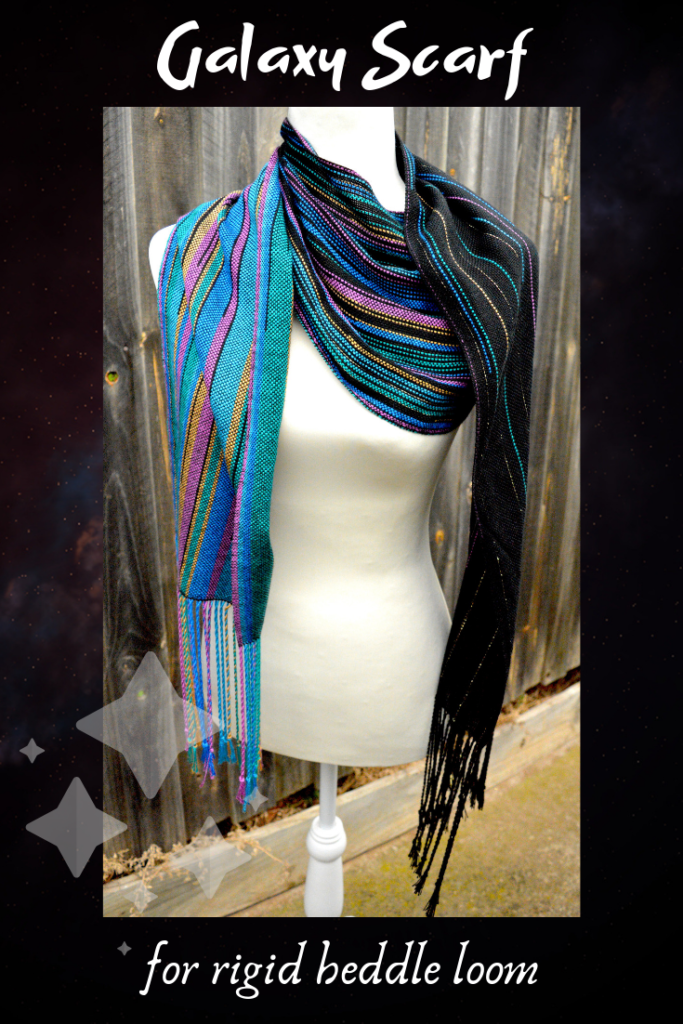
The Galaxy Scarf PDF pattern uses a combination of bamboo and tencel, with great effect! The two yarns together have a beautiful drape and work perfectly for light garments.
Silk Yarn
Last, but not least, we have silk. There is no denying the gorgeousness of silk, but it’s not the easiest yarn to weave with, especially if it’s very fine.

It is extremely light and almost “glows”, particularly if you use certain colour combinations. The project above was woven with 60/2 silk at 40 ends per inch on my floor loom. This yarn in definitely not cheap, so for special projects only.
In the following Youtube videos, I go through lots of my own projects and explain the yarns and heddles used and why. I hope you enjoy them!
When you’re new to weaving—especially on a rigid heddle loom—choosing weaving yarn can feel like one big guessing game. But as you’ve seen from the examples in this post, it becomes easier with time, experimentation, and a little guidance.
The more you weave, the more you’ll begin to understand how different yarns behave, which sett works best, and how to get the results you’re after. Don’t be afraid to sample, make mistakes, and learn along the way—that’s all part of the joy of weaving!
Need a gentle nudge in the right direction? Check out my Beginner Rigid Heddle Weaving Online Course for step by step instructions. Complete a lovely, practical project and get to know your rigid heddle loom while growing in confidence.
You can do it!
Until next time…
Happy Weaving!

